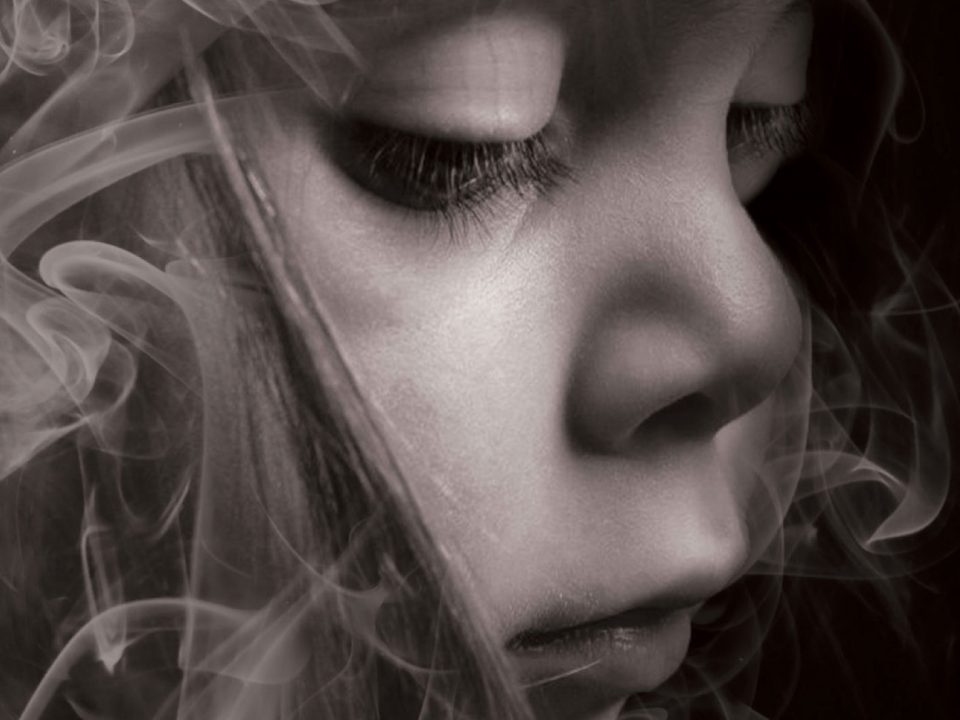
Drug Abuse Threat Level Part 3 – Recognizing Drug Abuse Signs
July 17, 2019
Threat Level: Drug Abuse Part 5 – Drug Tolerance Versus Dependence
August 1, 2019
Published by
admin


Categories
Threat Level: Drug Abuse
Part 4: Recognizing Behavior
In part 3 of this series on drug abuse we discussed some of the cognitive and physical symptoms of drug use, drug addiction, and substance use disorder. Now we will get into the far more expansive and ambiguous behavioral and emotional categories. The outward changes in a person’s behavior and emotional state signify very complex interactions involving physical and cognitive changes or deficiencies, as well as responses to social and environmental circumstances. Always keep in mind how inter-related these categories are and why every individual should be evaluated within context. Again, it is important for anyone who exhibits signs of drug abuse to meet with a health professional who can recommend a holistic treatment tailored to them.
According to the National Institute on Drug Abuse, “addiction can happen at any age, but it usually starts when a person is young.” The behavioral changes involved while in adolescence can be especially confusing and are often mistaken for behavioral changes due to puberty. Indeed, a chaotic and apathetic home life significantly increases the risk factor for substance use disorder because many of these early behavioral signs are mistaken or ignored.
These red flags include a change in peer groups, carelessness with appearance, decline in academic performance, loss of interest in favorite activities, and changes in eating and sleeping habits. An adult involved in drug abuse would display similar symptoms, most notably in the context of their work performance or attitude toward co-workers. ProjectKnow points out that behavioral symptoms can be as varied as periods of unusual hyperactivity and cheerfulness to periods of lethargy and irritability. Much of it depends on the drug being abused and the environment that influences the person abusing it. The key to recognizing all these symptoms is noting how out of place they are from normal routine or characteristics. If someone is displaying sudden dishonesty, obsessiveness, or withdrawal there is a good chance a lot more is going on beneath the surface.

The American Society of Addiction Medicine (ASAM) points out that behavioral changes are influenced by cognitive changes, specifically surrounding a “narrowing of the behavioral repertoire focusing on rewards that are part of addiction.” Suddenly other motivations become either secondary or nonexistent. Such a dramatic propelling of drug abuse to the forefront of a person’s life demonstrates how powerful drug addiction is and how it goes well beyond simply being a choice they are making.
Perhaps even more complex are the changes in a person’s emotional state. These changes are fraught with increasing danger because they influence how someone who is abusing drugs responds to those who attempt to intervene – even if they only attempt to do so indirectly. One of the reasons a health professional is far better positioned to successfully treat someone who is suffering from substance use disorder is that the health professional does not carry the baggage that could trigger emotional responses.

Perhaps even more complex are the changes in a person’s emotional state. These changes are fraught with increasing danger because they influence how someone who is abusing drugs responds to those who attempt to intervene – even if they only attempt to do so indirectly. One of the reasons a health professional is far better positioned to successfully treat someone who is suffering from substance use disorder is that the health professional does not carry the baggage that could trigger emotional responses.
Some people abuse drugs to achieve positive reinforcement; a euphoric emotional state. Others abuse drugs to achieve negative reinforcement; relief from a negative emotional state or dysphoria. What makes these cycles so vicious is that the state of addiction is not the same as the state of intoxication. While an addict builds a physical and cognitive tolerance for the “high,” they do not build a similar tolerance for the “low.” A person suffering from substance use disorder is eventually left in what ASAM terms a dysfunctional emotional state. This person increases their sensitivity to stressors the drugs are meant to relieve, which leads to difficulty distinguishing their feelings from the bodily sensations accompanying their emotional euphoria or dysphoria. They suffer from a form of Alexithymia.
In part 5 of this series, we will explore these factors further in our discussion of the differences between building tolerance and building dependence.



